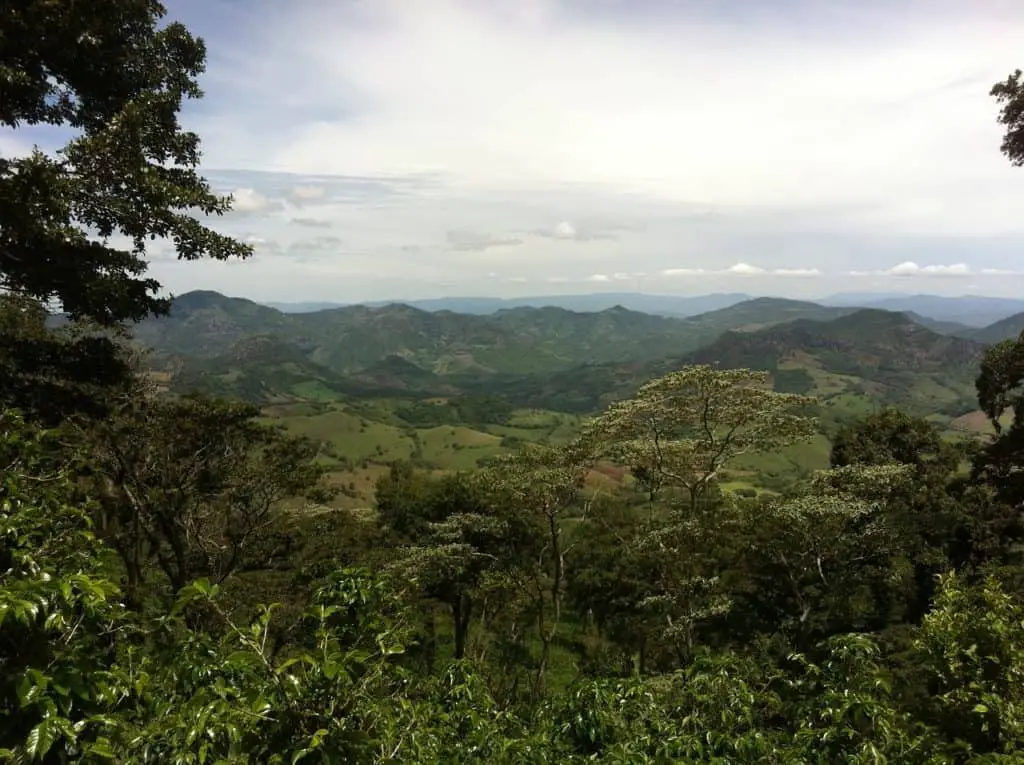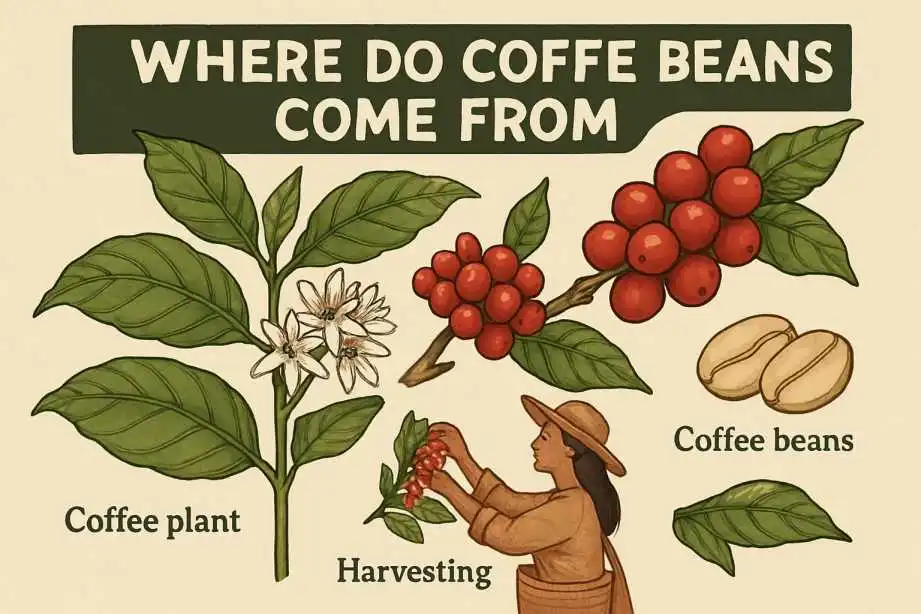

Nicaragua coffee is known for producing high-quality coffee as it is grown in the mountainous regions of the country, at altitudes ranging from 600 to 1,200 meters whilom sea level.
It is known for its smooth, well-turned savor and medium body, with notes of chocolate, nuts, and fruit and typically grown using traditional methods, with a focus on sustainability and environmental conservation.
Lets go into remoter details on coffee from Nicaragua
What is the history of Coffee in Nicaragua
Coffee has a long and rich history in Nicaragua, dating when to the 19th century. The first coffee plants were introduced to Nicaragua in the 1830s by an Englishman named John Walker, who established a coffee plantation on the slopes of the volcano Mombacho. In the pursuit decades, coffee production in Nicaragua grew rapidly, and the country became a major exporter of coffee to Europe and the United States.
In the 20th century, coffee became a key freelancer to Nicaragua’s economy, and the country was one of the top producers of coffee in the world. However, in the 1980s and 1990s, Nicaragua’s coffee industry was negatively impacted by political instability and starchy war, leading to a ripen in production. In recent years, the industry has made a recovery, and Nicaragua is once then a major player in the global coffee market.
What does coffee from Nicaragua taste like?
Nicaraguan coffee is known for its smooth, sweet taste with notes of chocolate and nuts. It is moreover known for its low venom and full body. The specific savor characteristics of Nicaraguan coffee can vary depending on the specific region it is grown in and the specific type of coffee plant used.
For example, coffee grown in the northern region of Nicaragua may have a variegated savor profile than coffee grown in the south. Additionally, the savor of coffee can be unauthentic by the roasting process, with darker roasts having a stronger, increasingly robust savor and lighter roasts having a increasingly subtle, nuanced flavor.
Where does coffee grow in Nicaragua?
Coffee is grown in several regions of Nicaragua, including Matagalpa, Jinotega, and Nueva Segovia. The coffee growing region of Matagalpa is known for its upper quality Arabica coffee, while Jinotega is known for its Robusta coffee. The majority of coffee grown in Nicaragua is Arabica, although some Robusta is moreover produced. Lets go into a little increasingly detail on each region:
Jinotega
The region has a favorable climate for growing coffee, with upper altitudes, well-healed rainfall, and well-draining soils. The coffee grown in Jinotega is primarily Robusta, which is known for its strong, unvigilant savor and upper caffeine content.
Matagalpa
The coffee grown in Matagalpa, Nicaragua is known for its upper quality and flavor. The region has a favorable climate for growing coffee, with upper altitudes, well-healed rainfall, and well-draining soils. Most of the coffee grown in Matagalpa is Arabica, which is known for its sweet, smooth savor and lower caffeine content.
Nueva Segovia
Coffee from Nueva Segovia, Nicaragua is known for its upper quality and unique savor profile. The coffee produced here is known for its smooth, sweet taste with notes of chocolate and nuts. Nueva Segovia coffee is moreover known for its low venom and full body.
Estelí
Esteli’s is known for its sweet, chocolatey taste with notes of nuts and fruit. Estelí coffee is moreover known for its low venom and full body. The coffee industry is an important part of the local economy in Estelí, and many small farmers in the region rely on coffee production as their primary source of income.
Madriz
Coffee from this zone is known for its floral aromas, distinctive savor and unexceptionable acidity. It is not a large coffee producing region in Nicaragua
What are the variegated coffee processing methods used in Nicaragua?
There are several methods used to process coffee in Nicaragua, including the wet method, the dry method, and the semi-dry method.
The wet method
This is a widely used method in which the coffee cherries are harvested and then immediately taken to a processing facility where they are hulled to remove the outer layers of fruit. The beans are then fermented to remove the remaining layers of fruit and mucilage, and then washed and dried. This method produces a clean, unexceptionable savor in the coffee and is often used for high-quality specialty coffees.
The dry method
This is a traditional method in which the coffee cherries are spread out in the sun to dry for several weeks. Once the cherries are dried, the outer layers of fruit are removed to reveal the coffee beans. This method produces a deeper, increasingly full-bodied savor in the coffee and is often used for lower-quality, mass-produced coffees.
The semi-dry method
This is a hybrid of the wet and dry methods and is moreover known as the “pulped natural” or “honey” method. In this method, the outer layers of fruit are removed from the cherries using the wet method, but the beans are then zestless with some of the mucilage still attached. This method produces a coffee with a unique savor profile and is rhadamanthine increasingly popular among specialty coffee producers.
Nicaragua and Elephant Beans
Maragogype beans are a variety of coffee stone that is known for its large size and unique shape. They are often referred to as “elephant beans” due to their size and are believed to have originated in Brazil. Maragogype beans are considered to be a specialty coffee and are prized for their unshared savor and aroma.
They are often used in high-end coffee blends and are known for their smooth, full-bodied taste and low acidity. Maragogype beans are produced by a specific type of coffee plant tabbed Coffea arabica, which is a popular variety of coffee plant grown in many countries virtually the world, including Nicaragua.
The post A Guide for Coffee from Nicaragua appeared first on Craft Coffee Guru.














